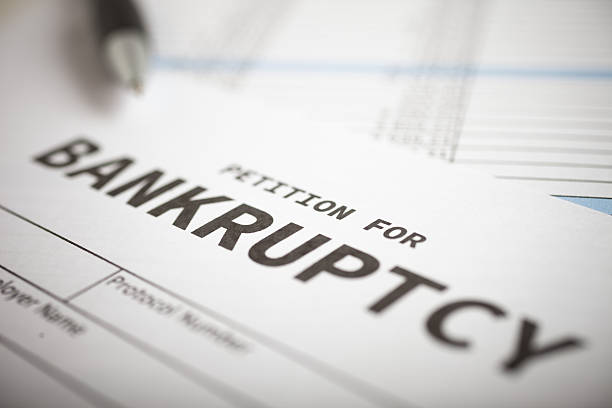What Is Bankruptcy?
A Fresh Start When Debt Feels Overwhelming
When many people hear the word “bankruptcy,” they think it’s a loophole or scheme to get out of debt. That’s simply not true. Bankruptcy is built into the U.S. Constitution, and Congress was given the power to create a fair system of debt relief.
Every bankruptcy system in American history has had two main goals:
-
Give honest debtors a fresh start when they can no longer keep up with financial obligations.
-
Ensure creditors are treated fairly and share equally in what resources are available.
Because bankruptcy law is a mix of federal and state rules, it can quickly become complicated. The type of property you can keep often depends on state exemptions, and small mistakes in filing can cost you money, assets, or even your case. That’s why having an experienced bankruptcy attorney is so important.
At Rogers & Russell, we’ve handled thousands of cases across all bankruptcy chapters—helping individuals, families, and businesses find real financial solutions.
The Different Types of Bankruptcy
There are several types of bankruptcy, but the three most common are:
-
-
For individuals or businesses with overwhelming debt and little ability to repay.
-
A court-appointed trustee may sell non-exempt assets to repay creditors.
-
Usually completed in 4–6 months.
-
-
-
For individuals with steady income who need time to catch up on debts.
-
Allows you to keep your property while making payments over 3–5 years.
-
Helpful for stopping foreclosure or repossession.
-
-
Chapter 11 – Business Reorganization
-
Primarily for businesses, though individuals with high debt can also file.
-
Allows operations to continue while debts are restructured.
-
Can preserve jobs, renegotiate contracts, and reorganize finances for growth.
-
Each chapter has its own rules, benefits, and challenges. The right option depends on your financial situation and long-term goals.
How Much Does Bankruptcy Cost?
The cost of bankruptcy depends on the chapter you file and the complexity of your case. Here are some basics:
-
Court Filing Fees (paid directly to the U.S. Bankruptcy Court):
-
Chapter 7: $338
-
Chapter 13: $313
-
Chapter 11: $1,738
-
-
Other Required Costs:
-
Credit counseling and debtor education courses (usually under $100 total)
-
Chapter 11 trustee fees (paid quarterly, based on business revenue)
-
-
Attorney Fees:
-
Vary depending on your case and chapter
-
Chapter 11 cases are typically more complex and costly than Chapter 7 or 13
-
A skilled attorney can save you money by protecting your property, avoiding mistakes, and reducing what you pay creditors
-
💡 Important: With bankruptcy, you truly get what you pay for. Hiring a “cheap” lawyer—or trying to file alone—can lead to costly mistakes. We are often brought in after another attorney or a “DIY” filing has created more problems than it solved.
Our Commitment to Clients
-
Custom Consultations – We take time to understand your financial picture and goals.
-
Tailored Planning – We help you prepare for bankruptcy in a way that minimizes the impact on your future.
-
Fair Pricing – We offer low down options, payment plans, and discounts for veterans, active military, and single parents.
Just because you’re getting the best service doesn’t mean you’ll pay the highest price. We know financial stress is real—that’s why we make quality representation affordable.
Ready to Learn More?
Bankruptcy may feel intimidating, but it’s a powerful legal tool to protect your future. Explore our guides to see which option may be right for you:
Or, call 801-899-6064 to schedule a free consultation with an experienced Utah bankruptcy attorney at Rogers & Russell.

